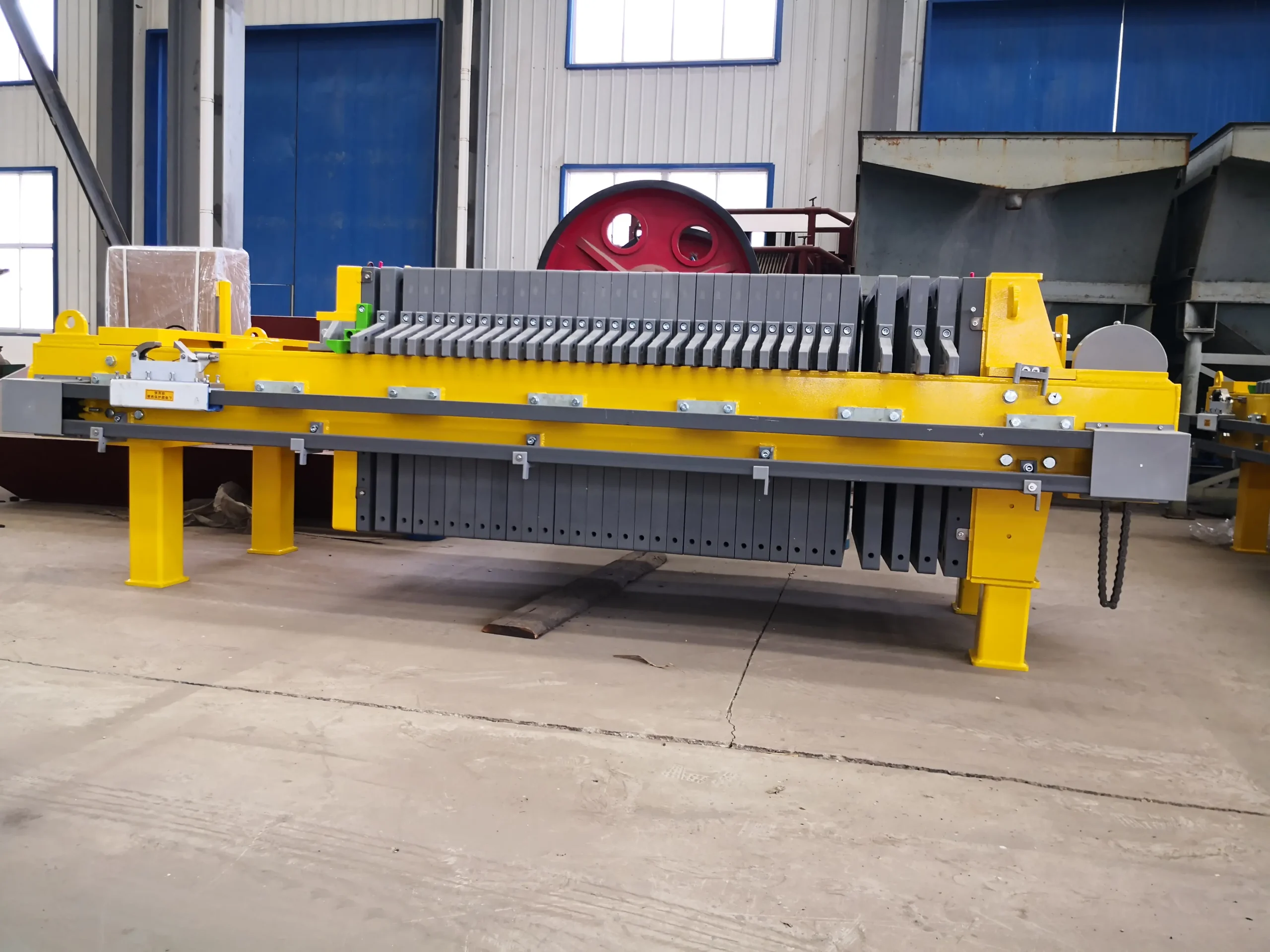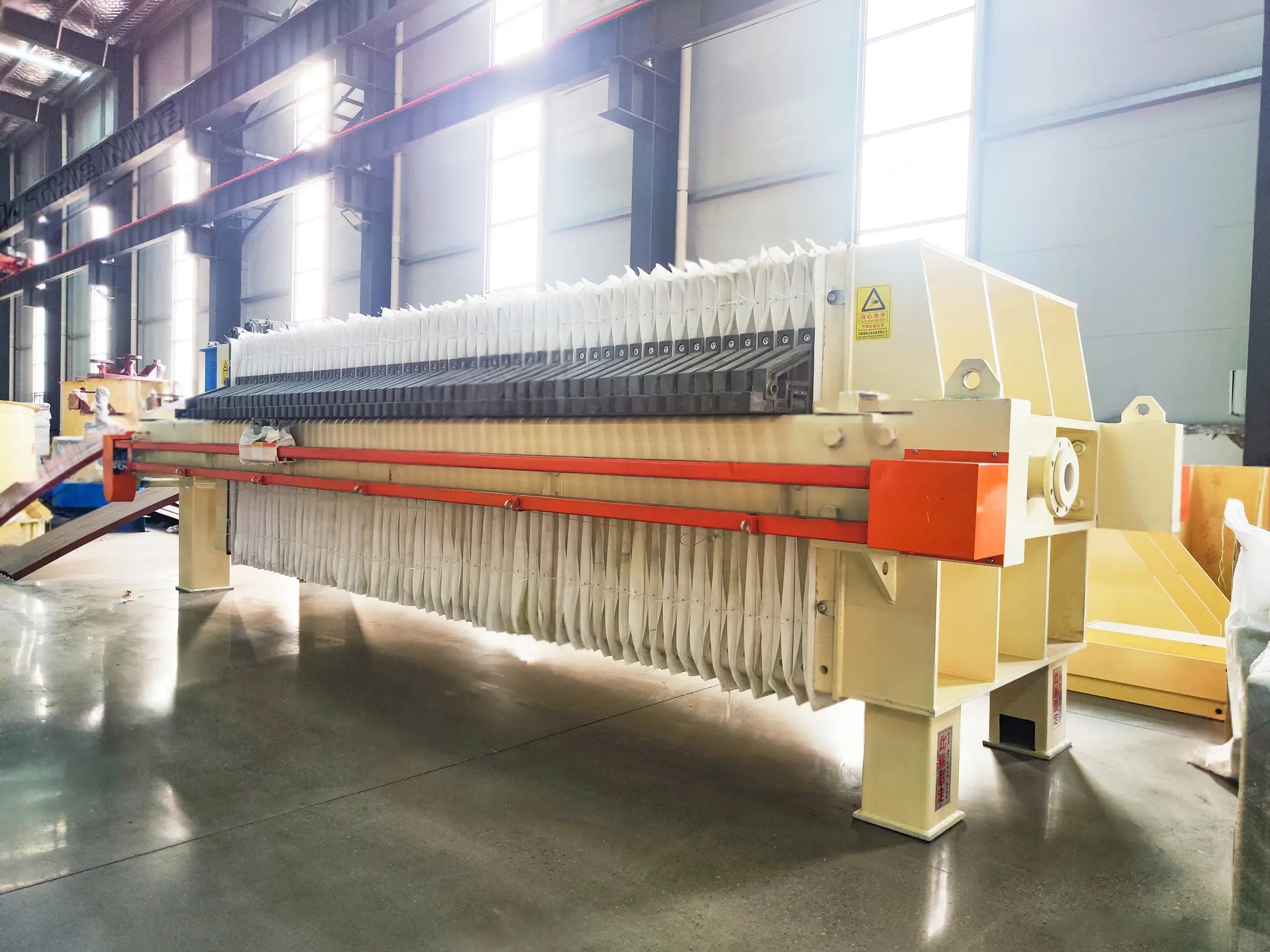
Project Background: Upgrade of dewatering circuit for flotation concentrate and plant tailings to reduce moisture content and enable dry stack disposal.
Feed Material: Gold Flotation Concentrate & Overall Plant Tailings Slurry
Solid Content in Feed: 25-40%
Target Moisture in Cake: <18% for Concentrate; <20% for Tailings
Capacity: 100 TPD (dry solids)
Work Scope: Equipment Supply, Installation, Commissioning & Automation Integration
Here are some photos of the project, click on the small picture to view the large picture.







Below are some ways to handle this plan. If you want to get a more detailed plan, please click the button to contact us.


Slurry Conditioning:

Filtrate Handling & Water Recycling:

Automation & Control:

High-Pressure Filtration (Core Process):
Key Features & Outcomes of the Expansion:
To find out more about our products and solutions, please fll out the form below and one of our experts will get back to you shortly
3000 TPD Gold Flotation Project in Shandong Province
2500TPD Lithium Ore Flotation in Sichuan
Fax: (+86) 021-60870195
Address: No.2555,Xiupu Road, Pudong, Shanghai
Copyright © 2023. Prominer (Shanghai) Mining Technology Co.,Ltd.
